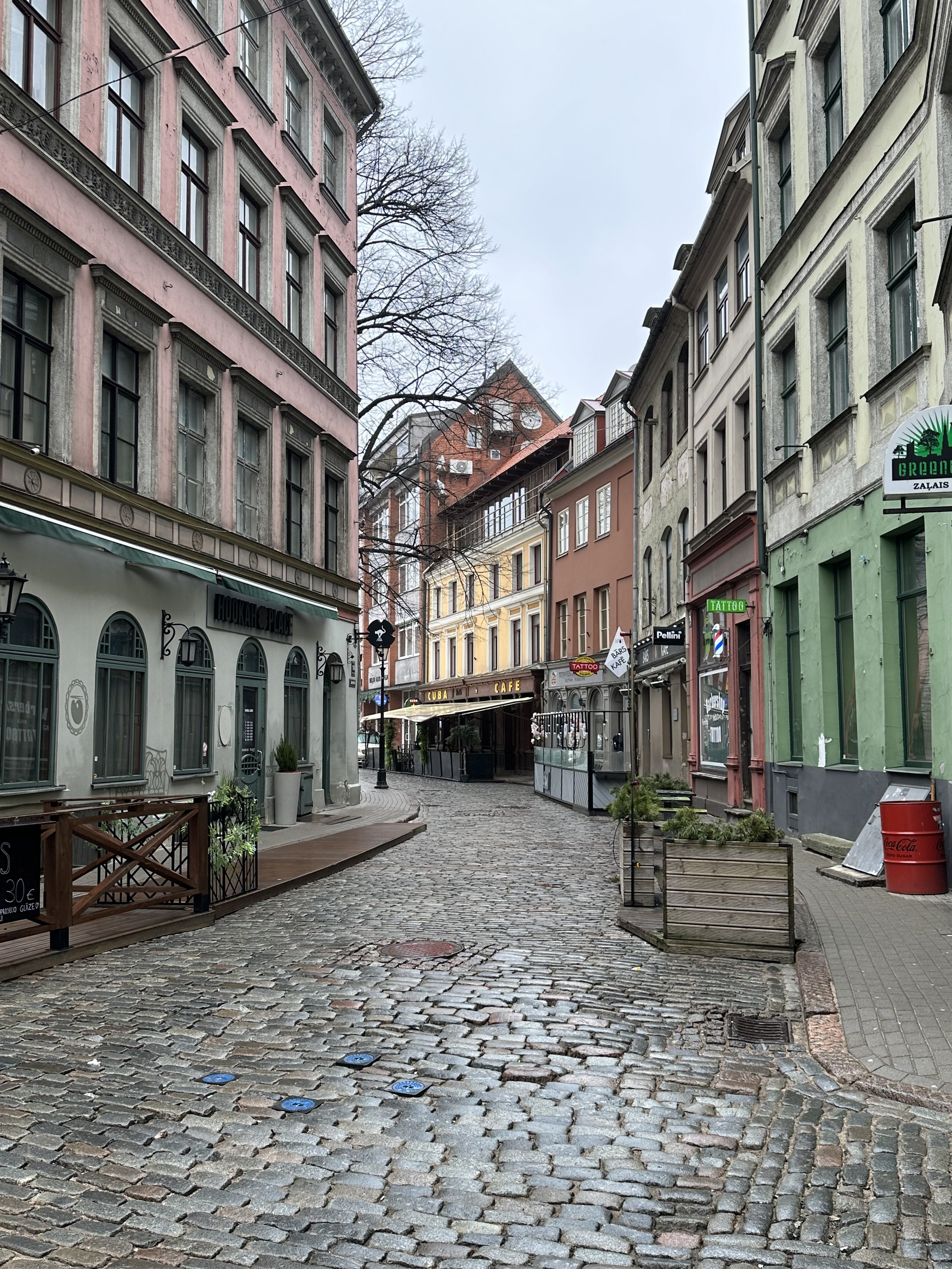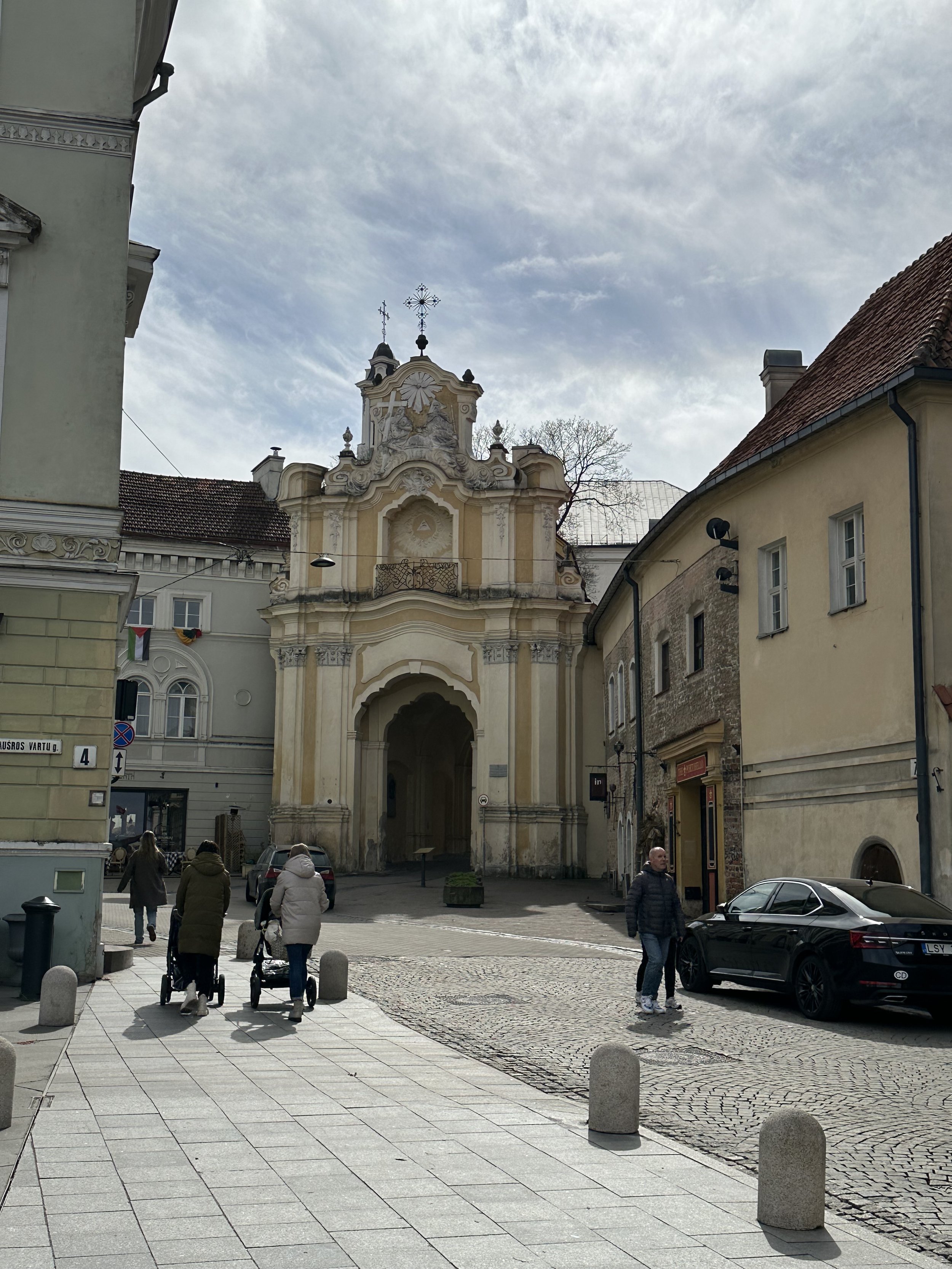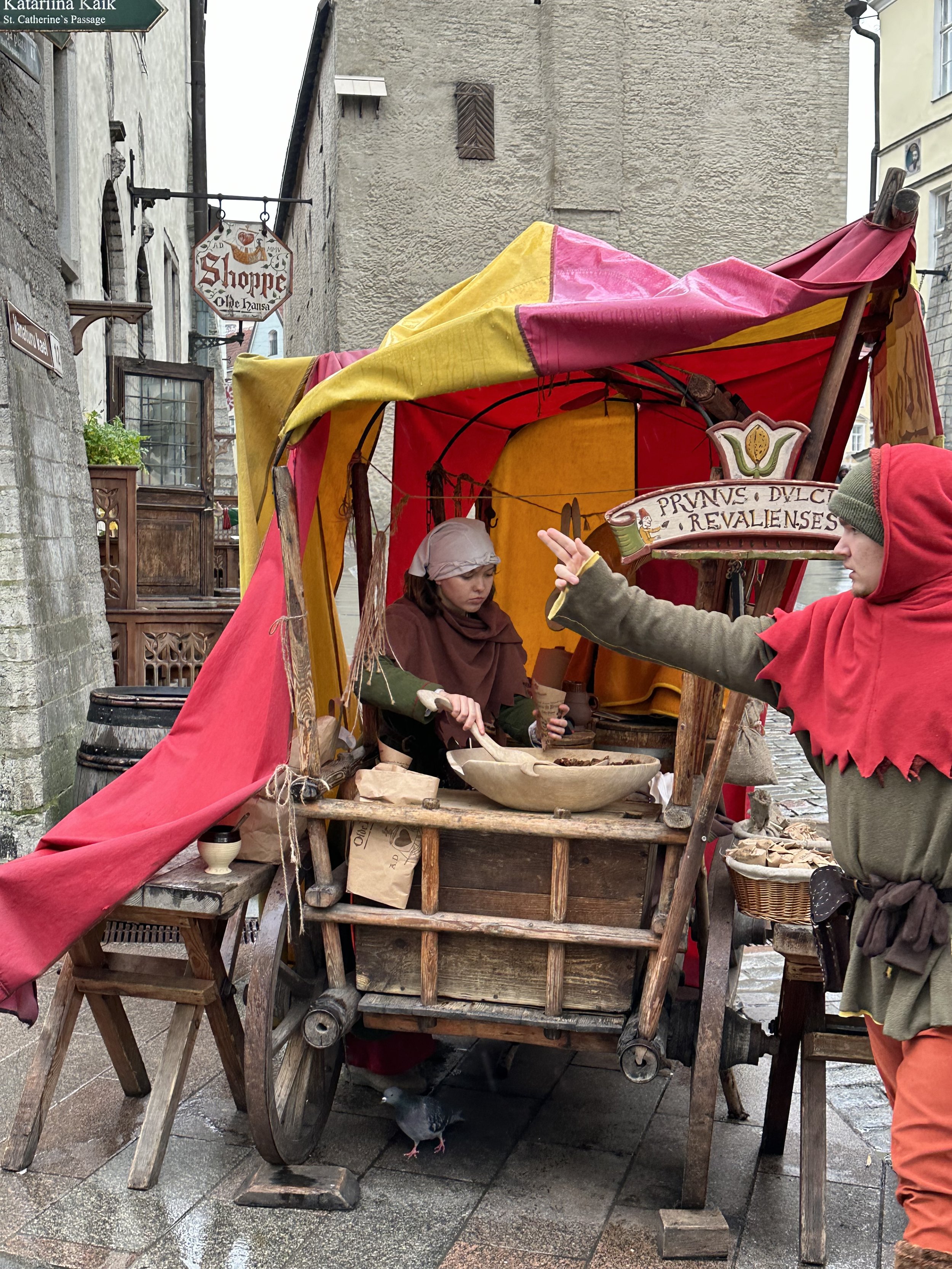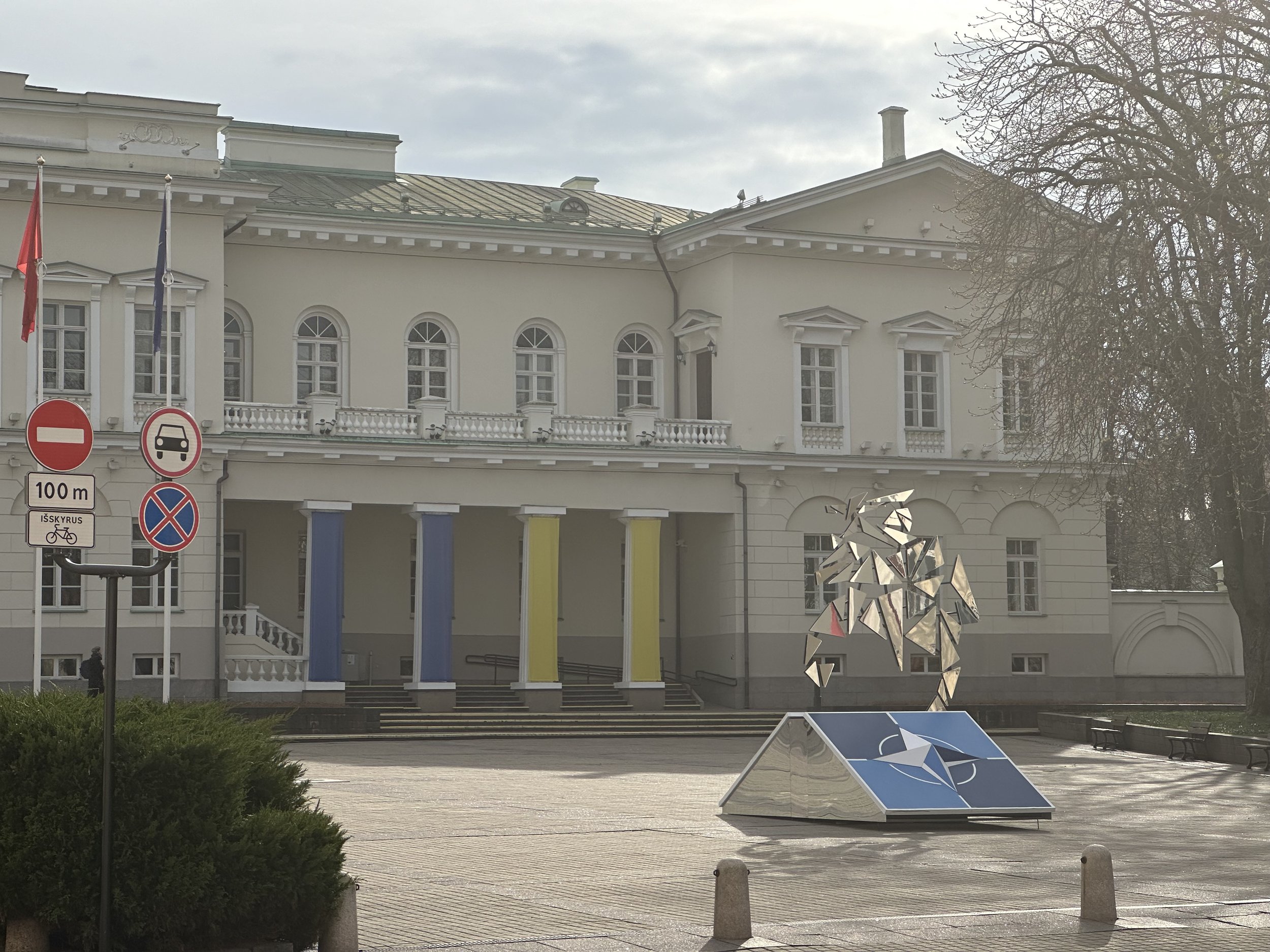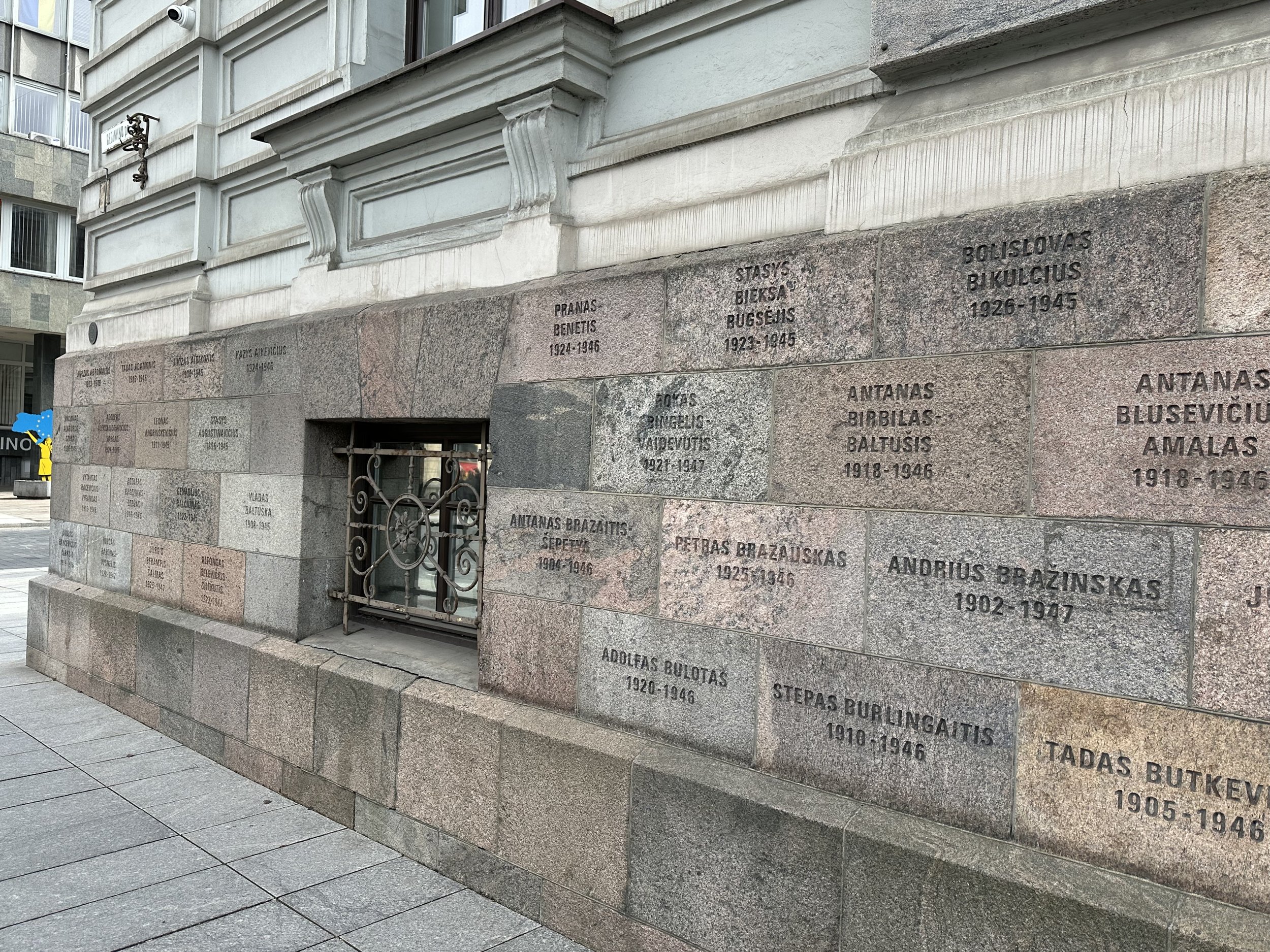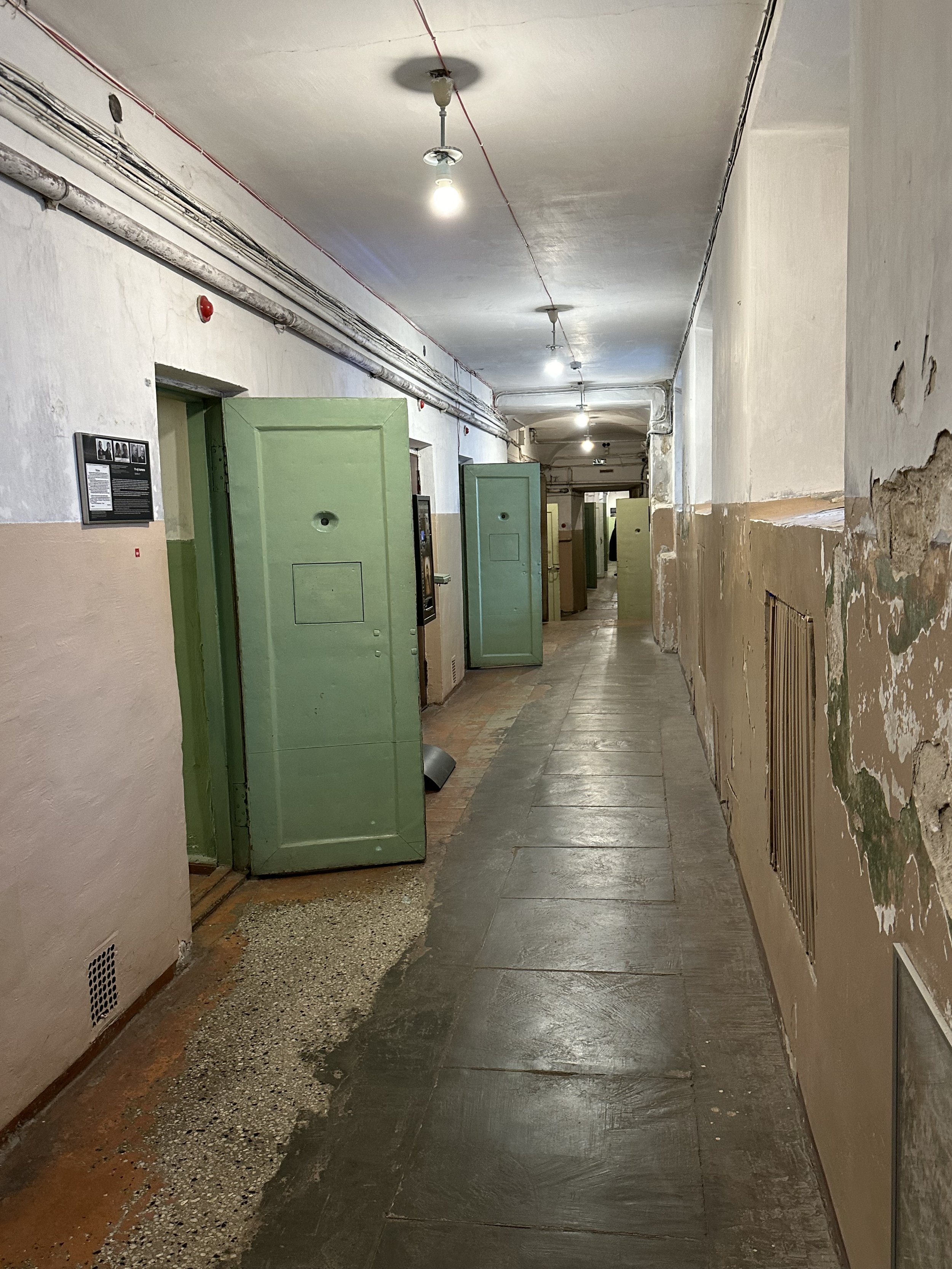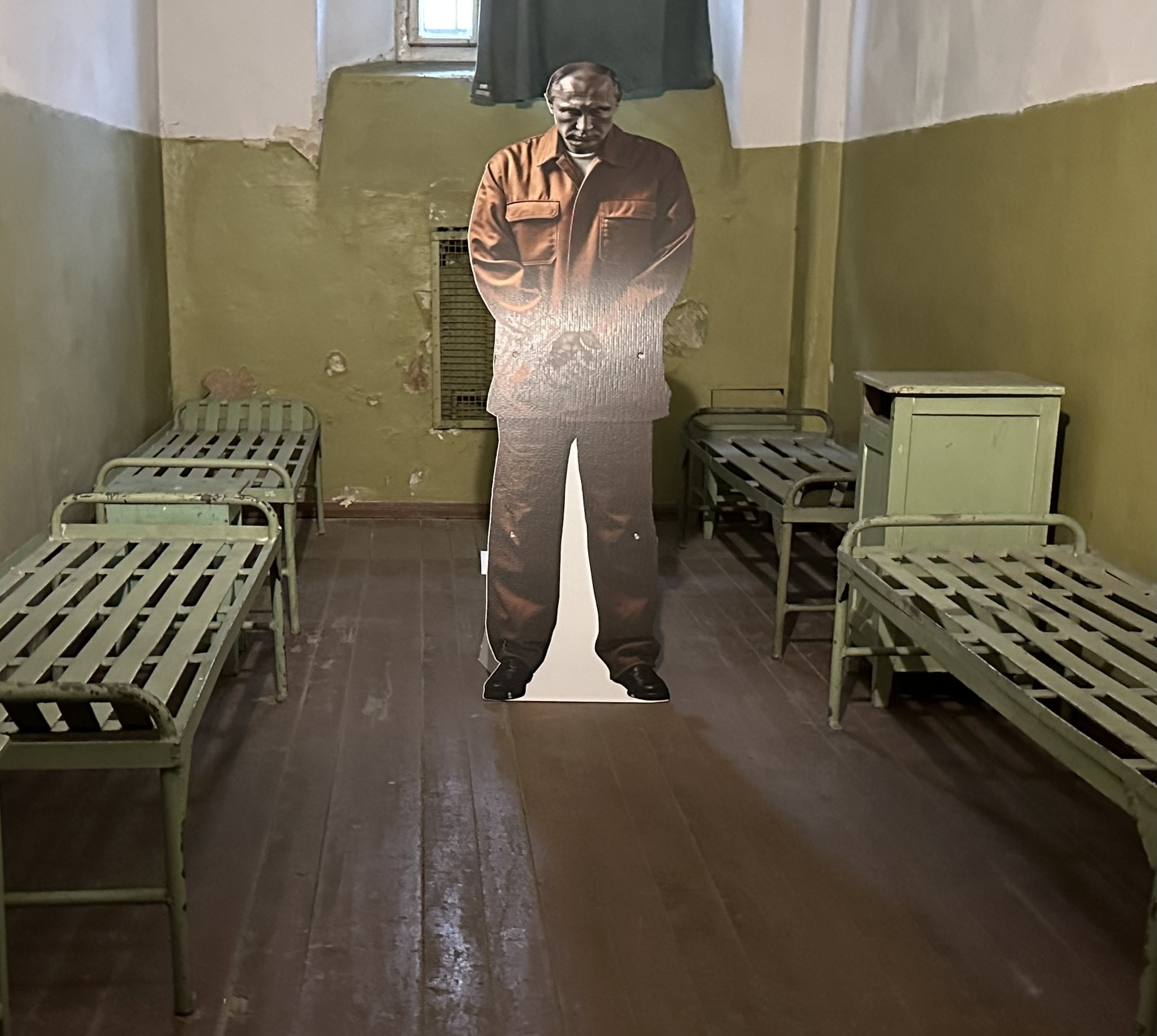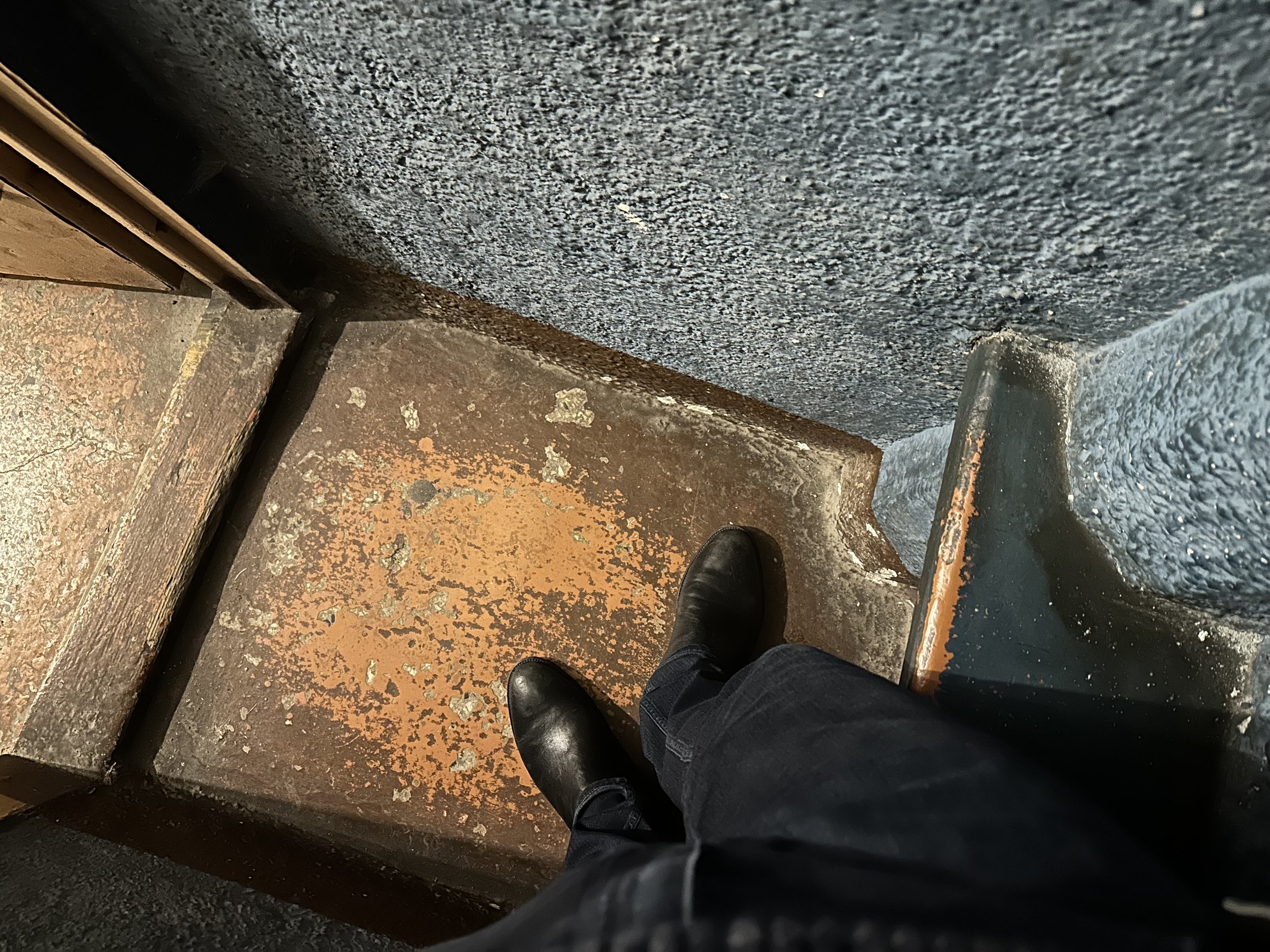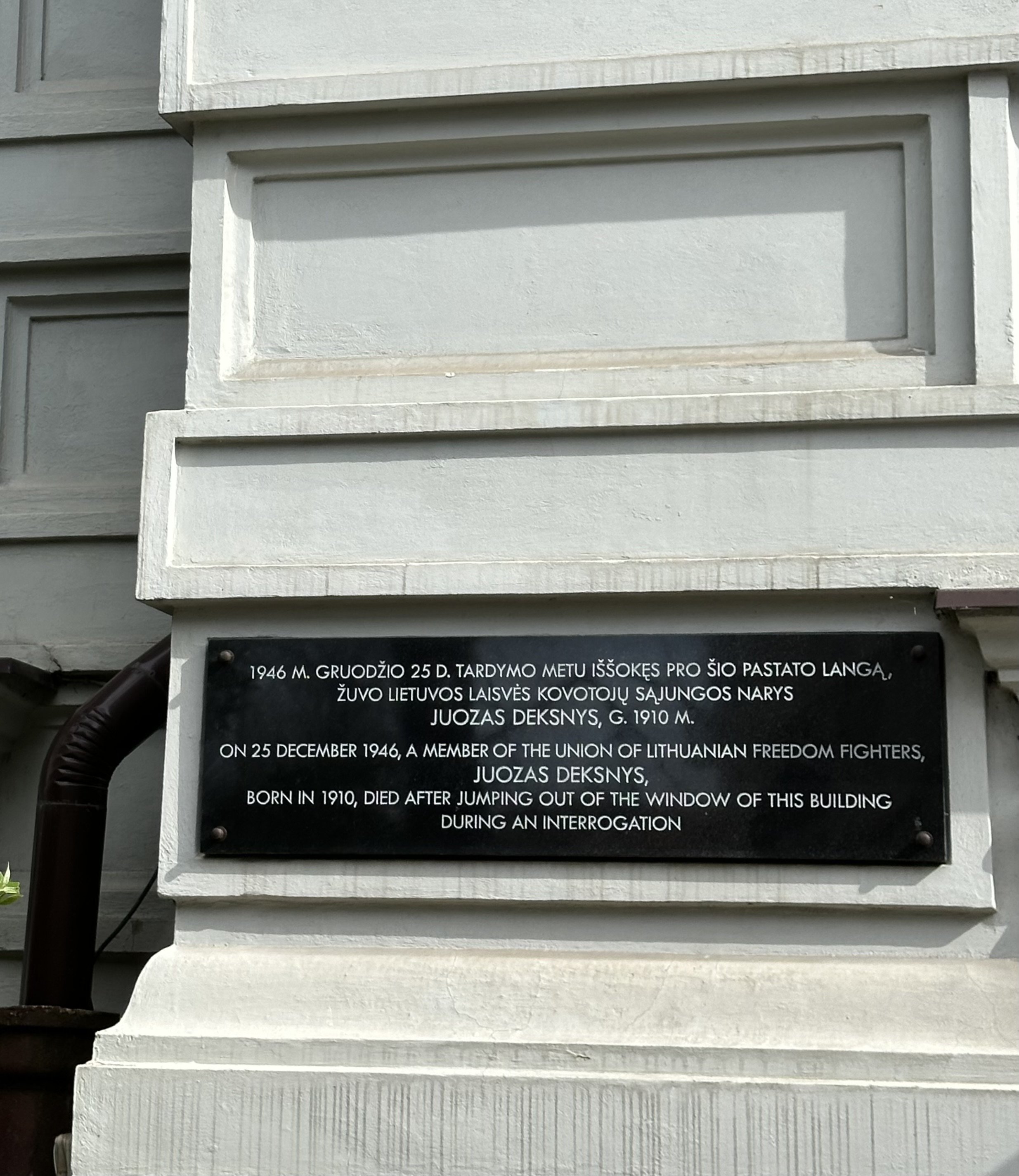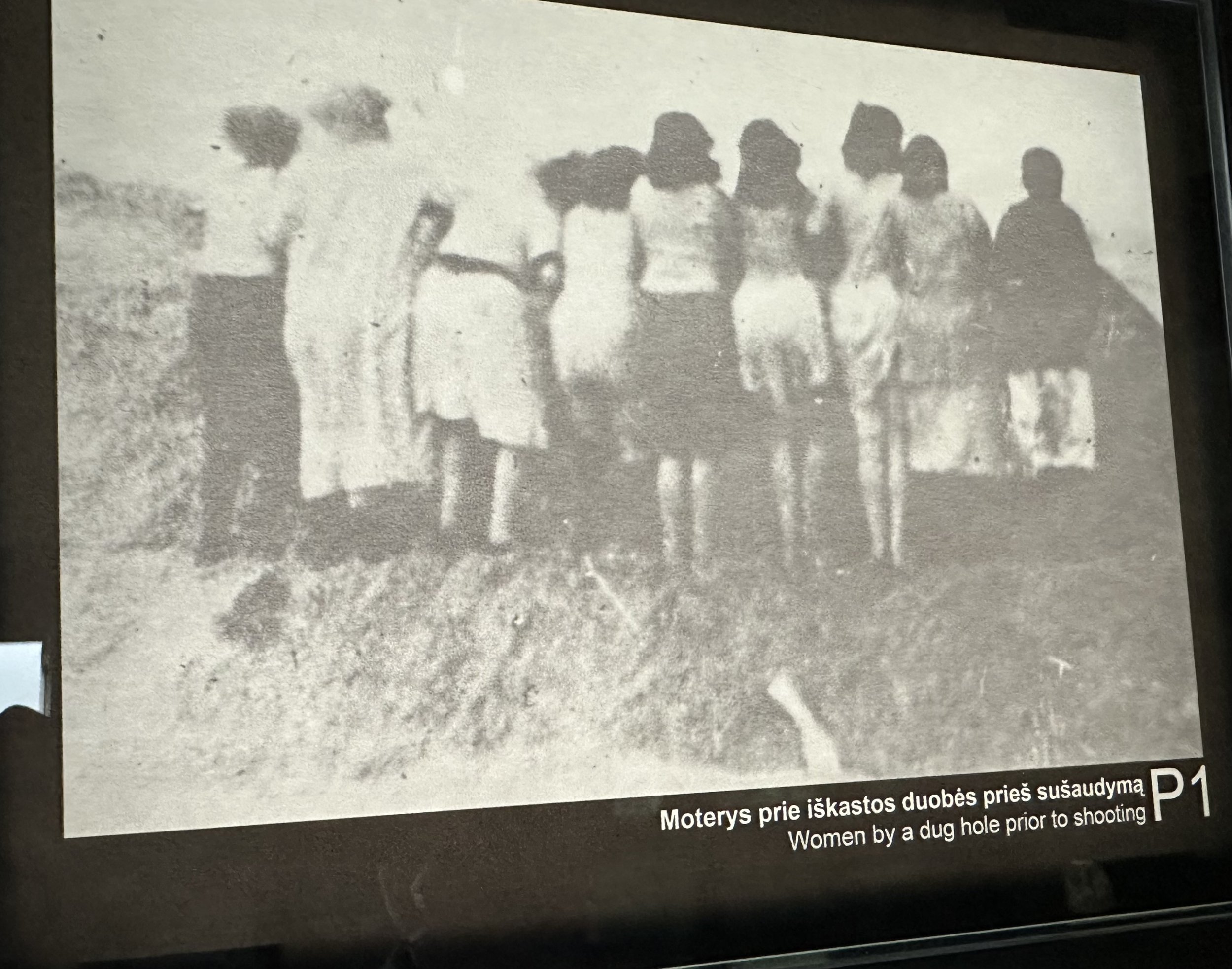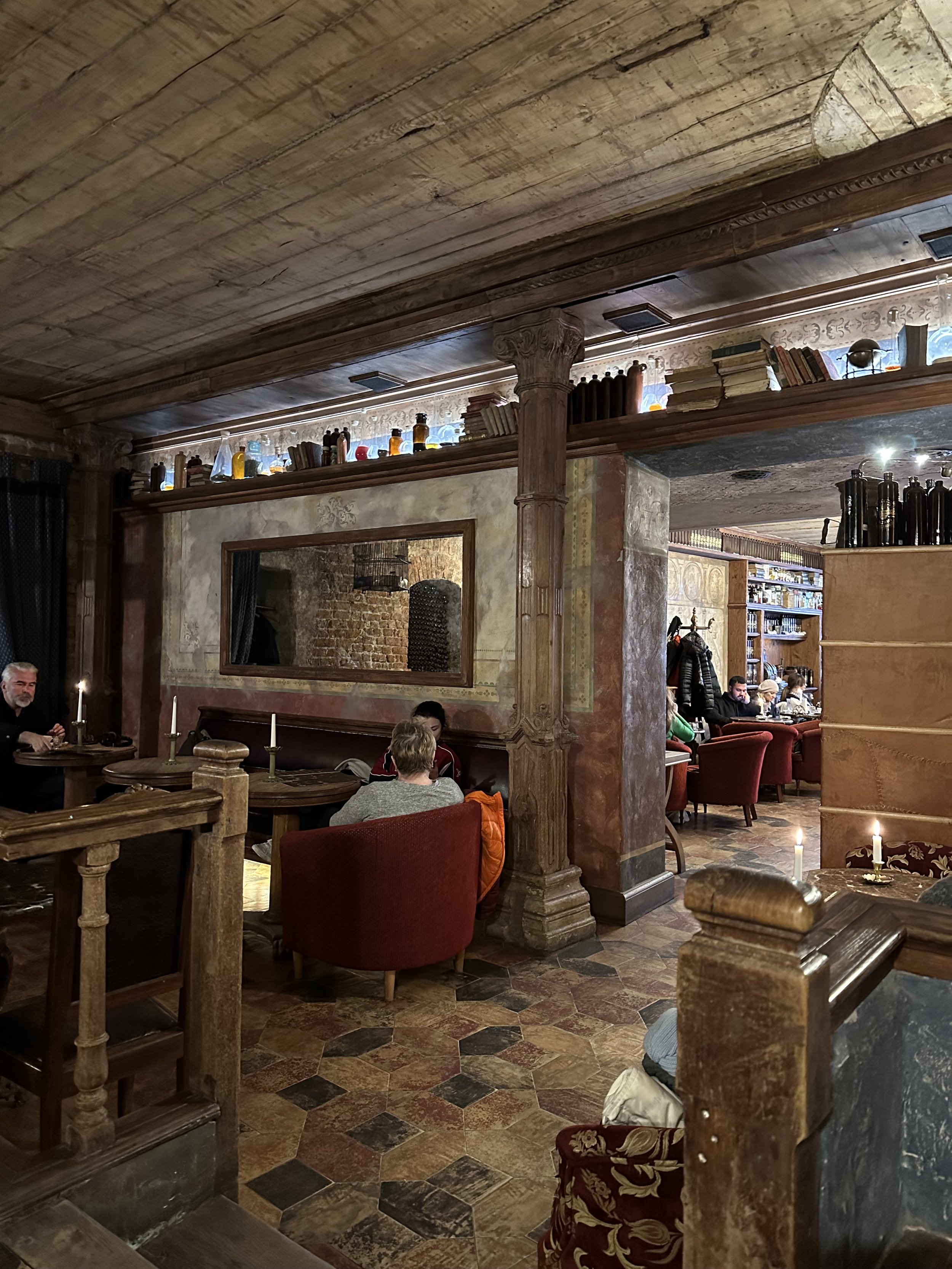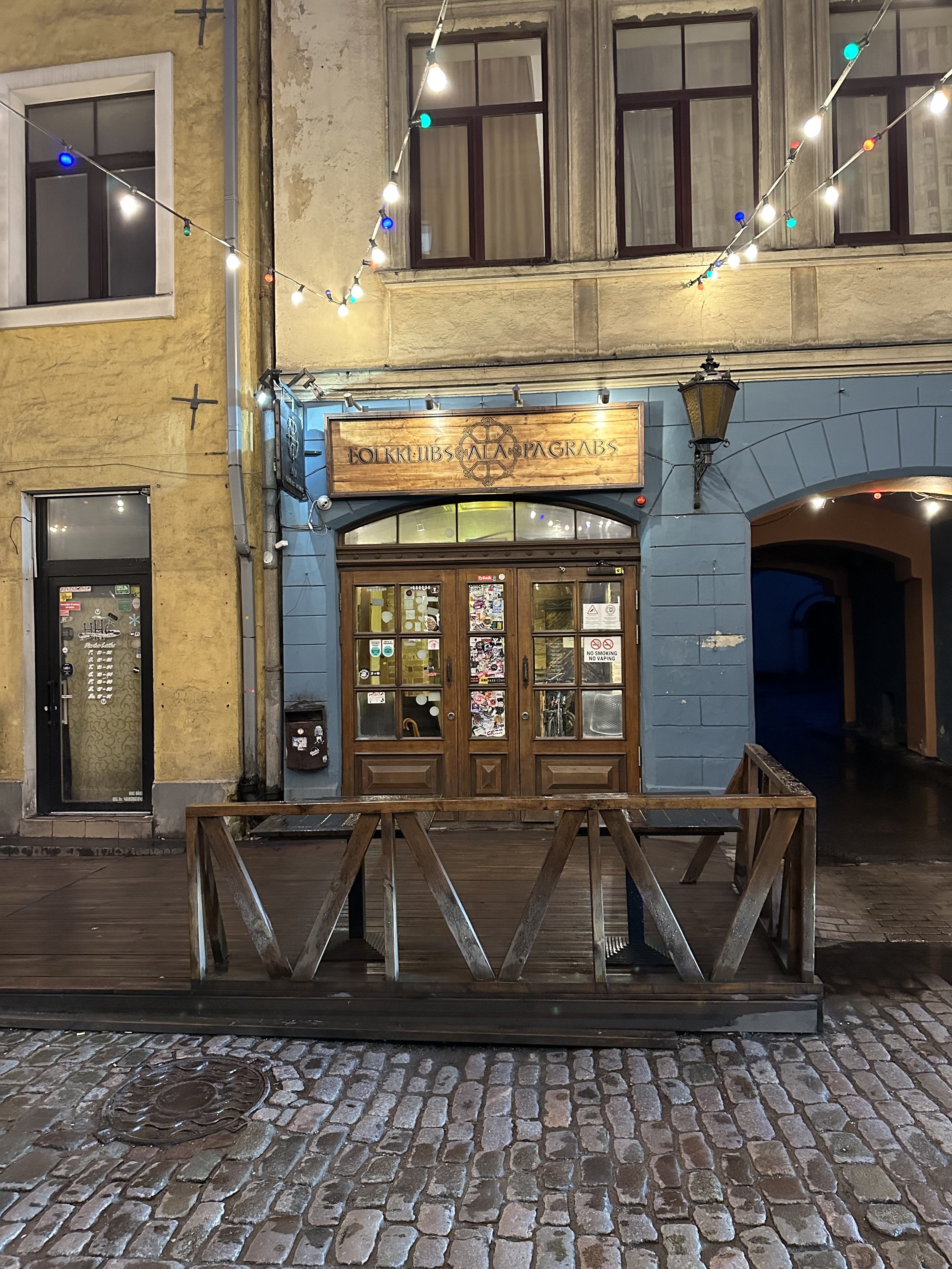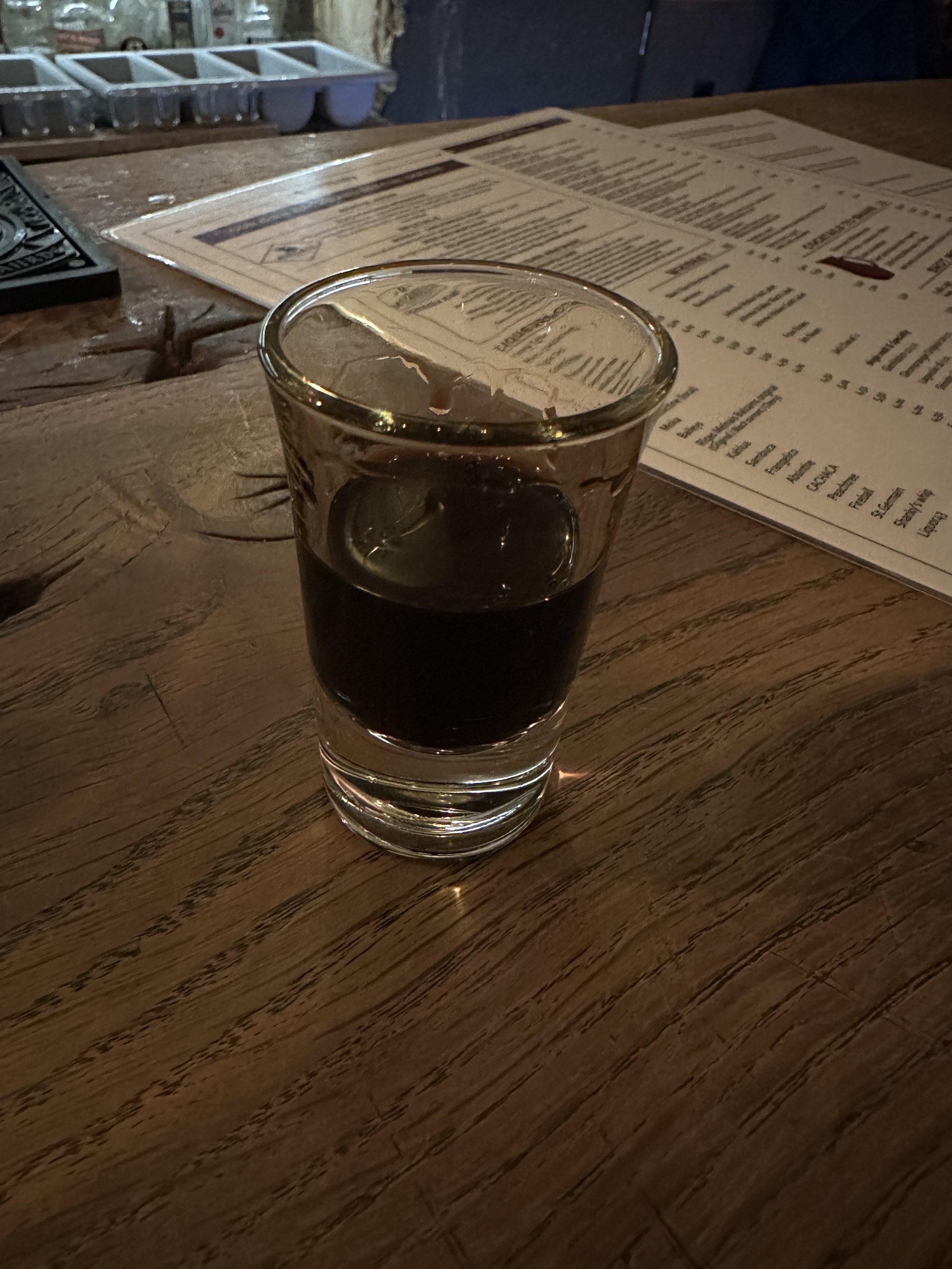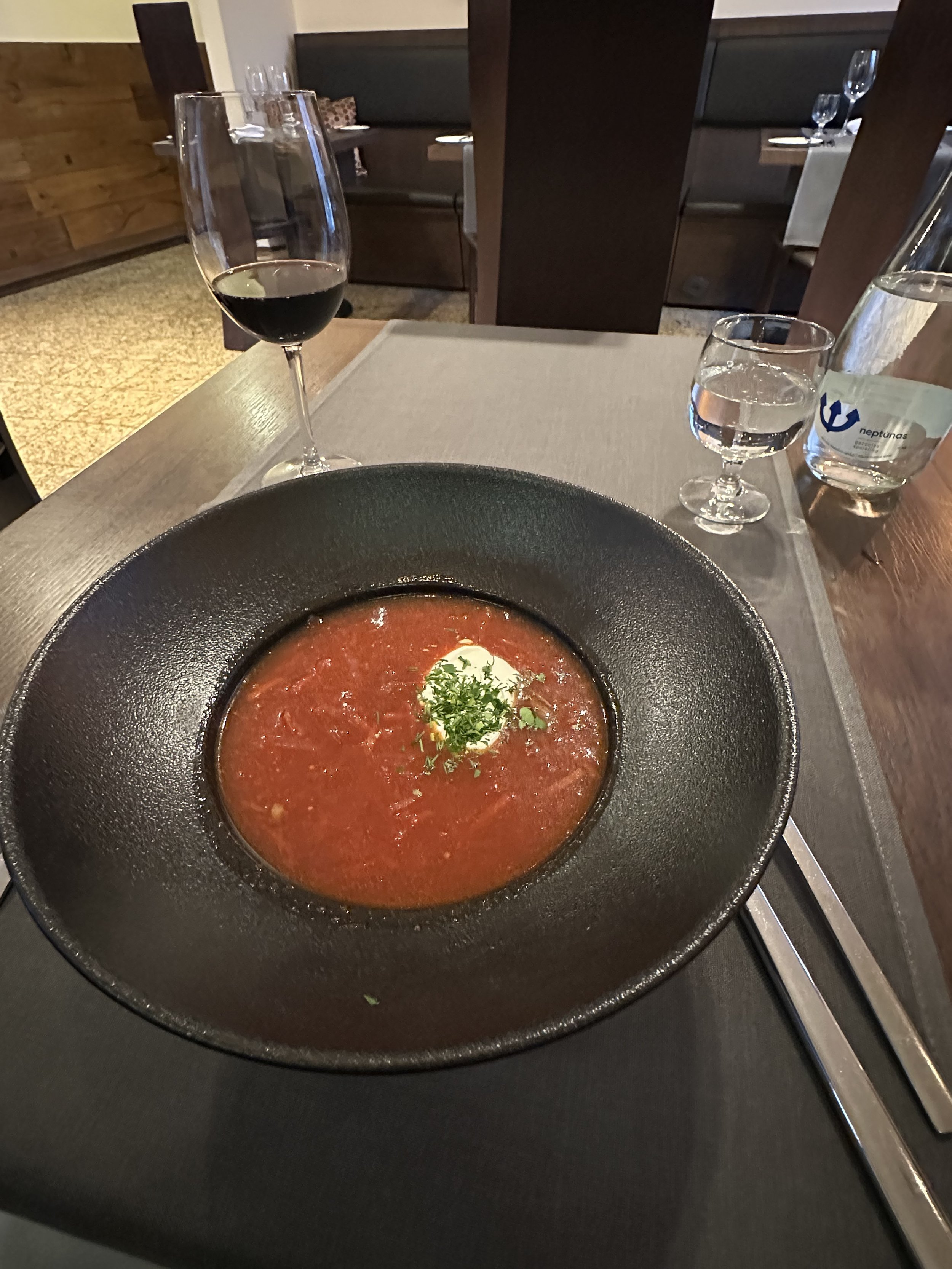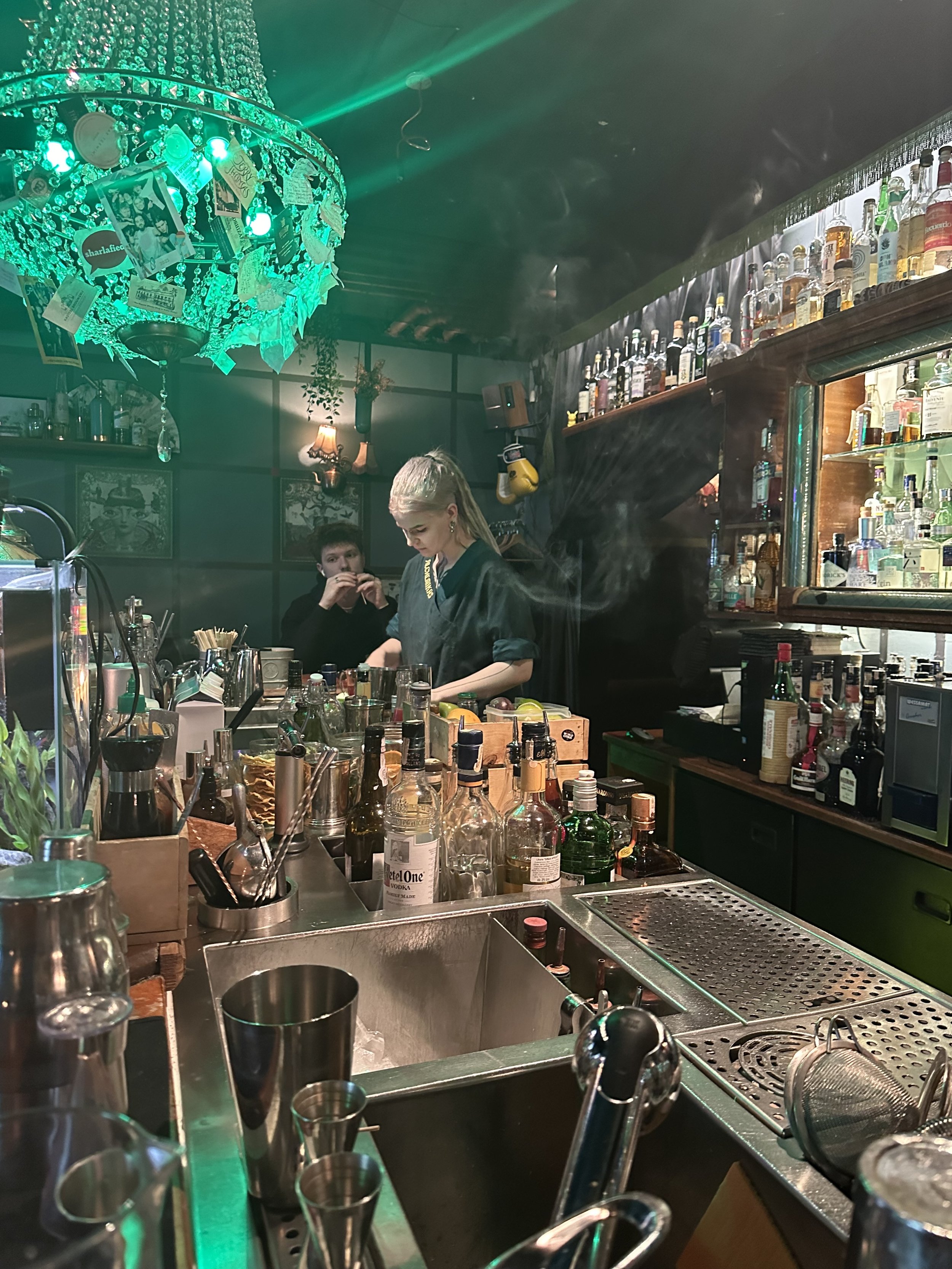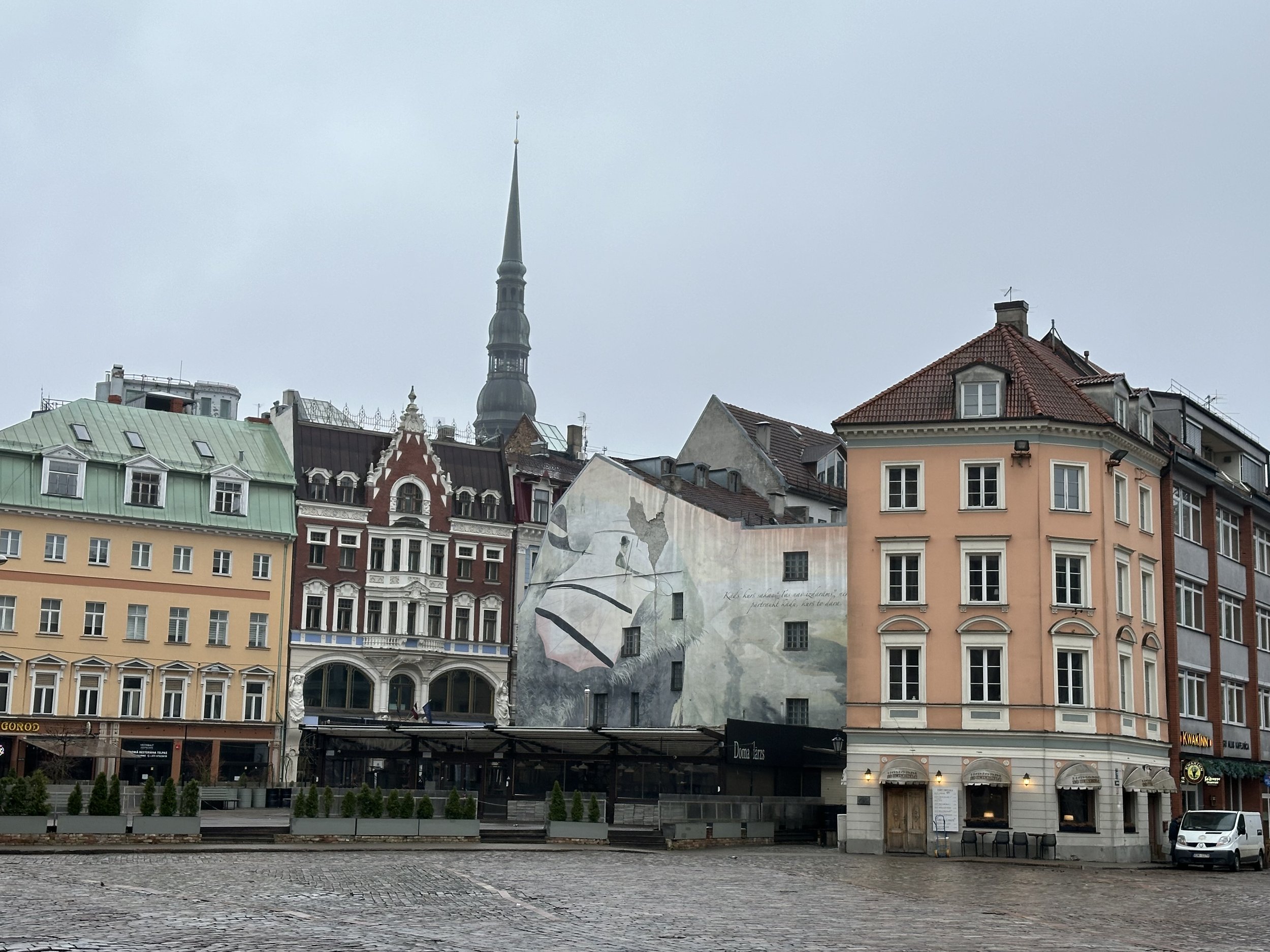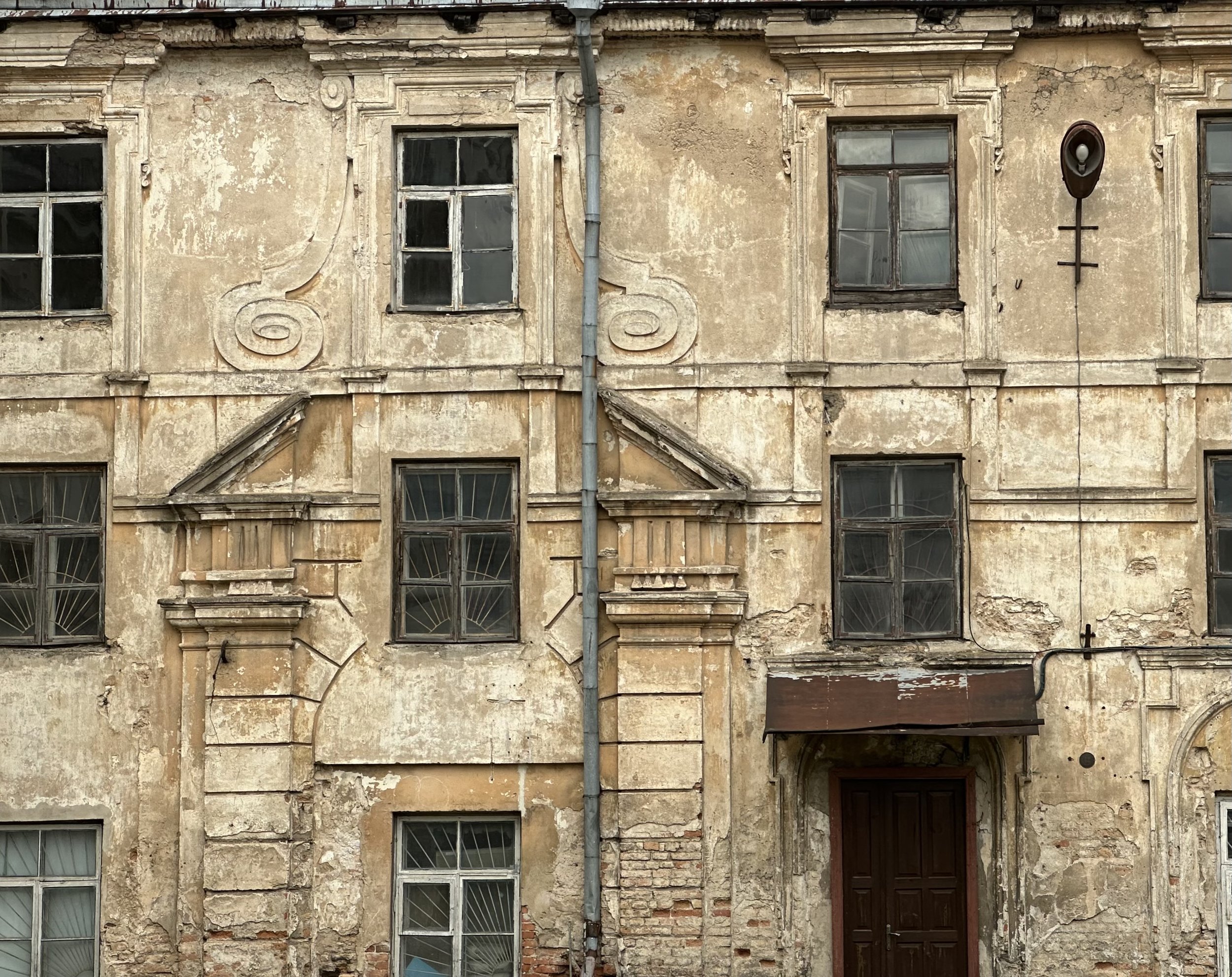The Baltic States April, 2024
Vilnius, Lithuania
In early Spring I made a short trip through the Baltic states. Sometimes a short stay is nice to get a feel for the location and mark it as a place you might want to return to and spend some time. Or conversely, check it off and be thankful you didn’t waste more of your time. I’ll state right off; I think I’ll try to come back to Lithuania and perhaps Riga. These are some really picturesque “old European” cities that have a lot to offer.
The Swedish Gate in Riga, Latvia
Town Hall Square in the very center of Tallinn, Estonia
Vilnius, Lithuania
The Baltic countries sort of fly under the radar as it relates to the European experience. They were some of the last to be organized into nations and then found themselves muscled and squeezed between their less than friendly large neighbors, Russia, Germany, and Sweden.
In fact, it wasn’t until 1200 A.D. that the Baltic tribes were subdued. The sleepy groups making up the Baltic region shared roots in ancestry and language. They were mostly farmers, physically strong, with no ambitions of conquering their neighbors. Peace loving and simple they were also, very unfortunately for them, Pagans. As Christianity was spreading across Europe, such regions presented opportunities for enlightenment and the profits that would follow. Enter the Northern Crusade. I had always thought the Crusades were just focused on the Holy Land, but lo and behold there was more to it. The Teutonic Knights, noble Crusaders sanctioned by the Pope (much like the Templars and Hospitallers), needed a home. So they invaded the Baltic. It took some time and very hard fighting, but decade by decade they took over much of what is today Lithuania, Latvia and Estonia.
Gediminas Tower sitting high above the center of Vilnius, Lithuania
The banks of the Nerus River in the center of Vilnius
Downtown Riga, Latvia
Riga, Latvia
Viru Gate Tallinn, Estonia
The long standing kingdom of the Teutonic Knights would eventually meet its own end (today they are just a small ceremonial organization) and their new lands would in turn, be gobbled up by the Prussians, the Swedes, the Austrians and eventually the Russians. But during these struggles over the 1500’s to the 1700’s a piece of the Baltic, that of Lithuania, took shape. For perspective, this small nation grew to encompass an area as large as what was once Soviet Europe. Eventually through a royal progression it merged with Poland to become the Polish Lithuanian Commonwealth. At its height in 1650, it was one of the largest countries in Europe and a world power. Ceaseless wars of conquest and poor fortune tilted them back on their heels, and their opportunistic neighbors again strangled and eventually consumed the proud state. It ceased to exist in the late 1700’s and was divided up between Prussia, and Russia; mostly the latter. Other than the short period between the two world wars, the ethnic groups were stateless for hundreds of years. Their populations and languages and cultures none the less remained very much in tact, and in spite of Russian efforts to “Russianize” them by mass deportations and resettlement efforts under Stalin, they retained their ethnic majorities and language. Even to this day.
Energy and Technology Museum Vilnius
Monastery of the Holy Trinity, Vilnius
In line with Tallinn's medieval appeal, the street vendors play the part
It was not until just 30 years ago with the fall of the Soviet Union that they regained their freedom and their place on the map. So now they find themselves like three little ducklings staring at the alligator’s mouth. The citizens are keenly aware of what their historic Russian overlords did to their ancestors and would no doubt do to them again given the chance. For these countries, NATO is everything.
So when a certain presidential candidate blurts out of his ass that he would invite Putin to walk into a member state should it not keep up its end, you can imagine the shiver that sends through their souls. By the way, these countries spend well more on military per GDP than the NATO target.
Vilnius
Presidential Palace Vilnius
I visited the Baltic’s major cities, that is Tallinn, Riga and Vilnius. The latter being my favorite. I found the people friendly and everyone I met seemed glad I was there. No squirt guns. Tallinn and Riga being on the coast can be accessed by many of the Baltic cruises that circle through the area. Vilnius is more in the center of Lithuania.
Visiting Riga, don’t miss the Museum of War, it’s located in an old tower that served as an armory. It chronicles the history of the area over centuries with as you’d expect a major anti Russian bias, even including exhibits on the Russian aggression in Ukraine. It’s not hard for the Latvians to identify with Ukraine’s plight.
The War Museum RIga
A Ukrainian Army jeep that didn't make it
In Vilnius the highlight is the central square in the heart of the city, it’s along the river and adjacent to a lofty castle that looks down on it. My favorite find however was the KGB museum. It is housed in a large building a kilometer or so walk from the center that served as their headquarters during the Soviet era. This was a communication and police headquarters as well as a prison. The tour paints a chilling memory of what the city endured under Soviet occupation, and after visiting you have a clear idea of the pain the population endured and won’t ever forget.
The cornerstones of the KGB building with the names of the Lithuanian patriots who lost their lives
The cell block in the KGB building basement
No love lost with Mr. Putin
Trying to stand in one of the tiny holding cells
A torture cell where prisoners were made to stand
Perhaps of all the long suffering imposed on Lithuania the greatest not surprisingly occurred during World War II, when the Germans invaded Russia in the summer of 1941, overrunning the Baltic in the process. At first there was a feeling of liberation by the population. They thought they could gain autonomy under German rule and many bought into the Nazi cause. This included hatred of the Jewish population numbering some 200,000. Central Europe was ripe with antisemitism even before the war and now inflamed with Nazi propaganda it exploded. Nearly every single Jewish man, woman and child were killed except a few thousand who escaped through visas to Curacao and Japan by the heroic efforts of some Dutch and Japanese aristocrats. Most were rounded up and marched to pre dug pits outside Vilnius in the Ponary forest where they were machined gunned and thrown into the pits. The German soldiers and aligned Lithuanian partisans carried out the massacre day after day without concealing their intentions. The victims were marched out of the city to the pits knowing their fate, encourage to die bravely. The stories of these killings, and how they were carried out sickened me even more than what I learned visiting Auschwitz. The massacre began shortly after the initial invasion and well before the Holocaust kicked off, leaving no doubt to the Nazi’s game plan, and their willingness to simply exterminate humans like you would spray for mosquitoes.
Perhaps the saddest photo I ever saw
The cobbled streets in the historical centers of Riga and Tallinn invite you to wander and explore. You can walk for hours amoung the old city walls, the towers and gates, stumbling into a small museum here and there. Strewn throughout the old centers, both along the major piazzas and the side streets are a number of restaurants and bars. Some quaint, some upscale. The food and drink I sought out was the local variety and I really enjoyed it. I even tried a shot of the local spirit in Riga called Balsam. It was their version of Malorts, the Chicago poison that we offer to visitors just to see the look on their face. This however is even worse, it’s like something you would use to mix oil paints. Throughout my walks of the historical centers I found the surroundings very clean, orderly and free of the graffiti that all too often sours me.
Augustin in Vilnius, great food
Mint Vinetu coffee shop in Vilnius
The Black Magic chocolate shop in Riga
Inside Black Magic
Folkklubs ala Pagrabs for a drink and music in downtown Riga
When there, the infamous Black Balsam
Olde Hansa Gild for lunch in Tallinn
How about some Borscht soup, one of my favorites
Cocktail Bar Alchemikas in Vilnius, true mixologists
I would imagine as the “go to” tourist hot spots of Europe get exhausted, these countries will get discovered. Sort of like Croatia or Northern Spain of recent. They have a lot going for them as tourist centers. A rich history, old forts, museums and beautiful almost medieval historical city centers with enjoyable restaurants and trendy bars. They are walkable, clean and seem safe. Hopping from one to the other requires a flight despite the relatively short distance, and sometimes isn’t even a direct one. I was limited to just visiting the three cities and didn’t get out into the countryside. In Lithuania I didn’t have time to visit the site of the massacres, but I will for sure next time I go.
Vilnius
Street art Vilnius
Vilnius
Yes I’ll go back, in the Summer or shoulder season. This part of the world can get dreary in the Winter and hopefully I’ll return before these cities become more popular. I have the feeling that they’re just a few TV shows or travel publications away from that fate. On the other hand, maybe if more Americans visit they’ll gain an appreciation for the fragile freedom of the Baltic countries and see NATO as more of a necessary investment in world piece and less of an opportunity to cut costs.







